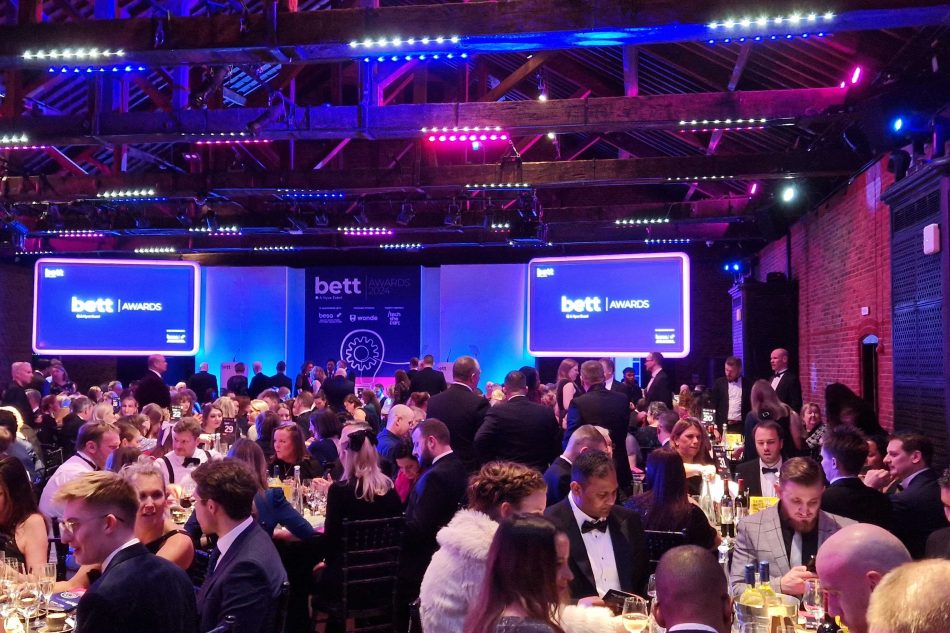
Gatsby and the great 1920s design revolution
With Baz Luhrmann’s much anticipated 1920s romp ‘The Great Gatsby’ released in UK cinemas today (Fri 17th), the film’s promotional campaign materials have evoked 1920s design nostalgia amongst the creative team so we thought we’d share some of our favourite reference points.
The Great Gatsby promotional artwork.
Art Deco
It would not be right to pen a blog on 20s design without acknowledging perhaps the most recognised design style of the era – Art Deco. Spanning the whole decade, Art Deco is seen as the design style that effectively conveyed the fun and elegance of the party scene, the luxury of cruise liners and skyscrapers and the fantasy of Hollywood. Art Deco design influence can been seen in architecture, fashion and graphic design of the era and was chosen by ‘The Great Gatsby’ film makers for its promotional campaign material to effectively portray the lavish, opulent nature of Gatsby.
Interior of 78 Derngate, Northampton.
Futurism
An art movement launched by Italian poet Filippo Tommaso in the early 20th century, Futurism design emphasised notions of speed, technology, youth and violence within all mediums of art. Although becoming negatively associated with 1920s Italian fascists, Futurism influenced design in Russia and England and is still recognised today as being a design style that helped shape modern Western culture.
New Order album cover heavily influenced by Filippo Tommaso Marinetti.
Bauhaus
Bauhaus was an iconic school of art and design in Germany, operating from 1919 to 1933 and achieving an iconic status in influencing modern art and design principles which helped shape the future of design as we know it. As a result of the Nazi regime Bauhaus alumni fled to countries across the world where their artistic influence continued to flourish and shape modern design.
Extended field of vision by Herbert Bayer.
Right, I’m off to put in my request for an educational trip to Miami to soak up some Art Deco influences…

